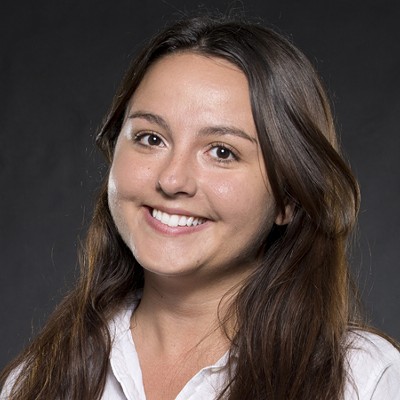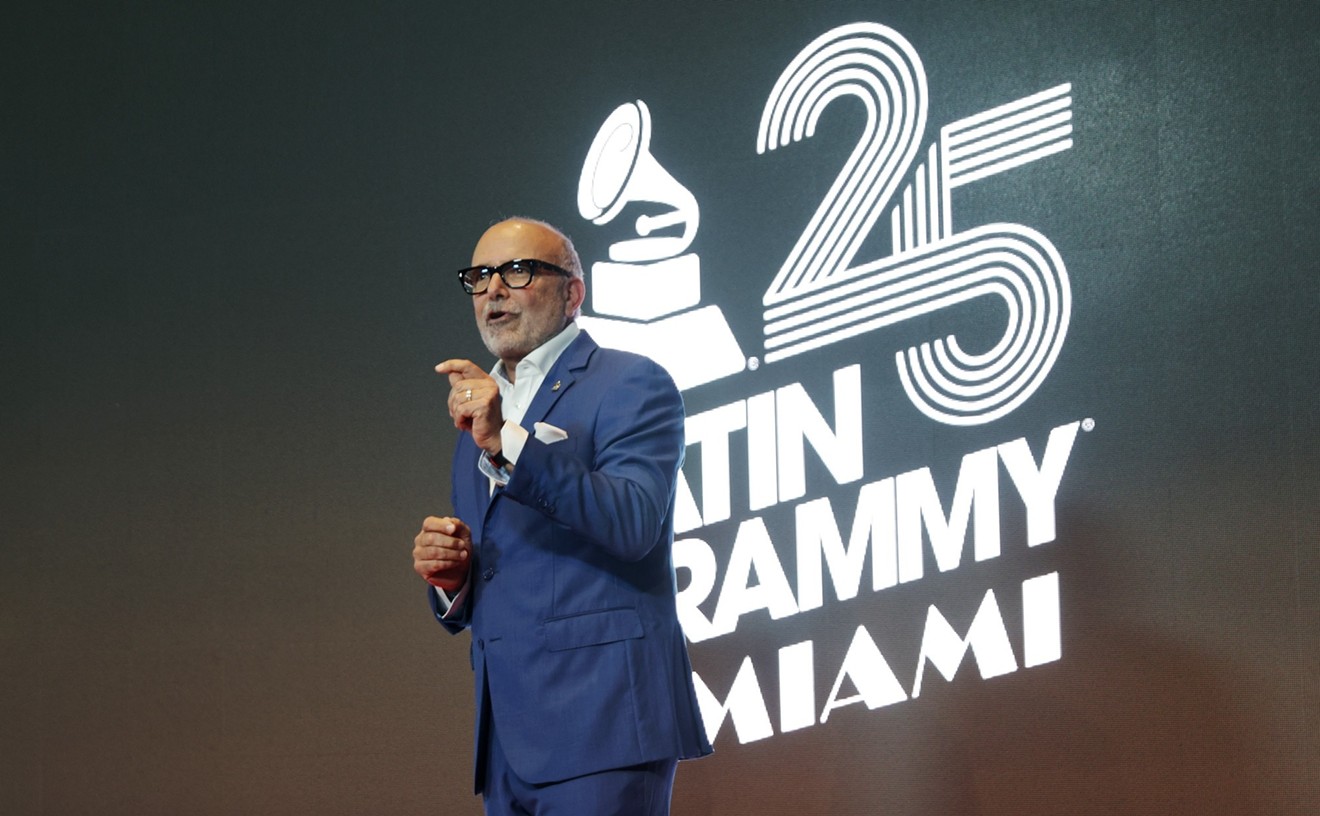Broward’s buses are rarely on time, and even if they were, schedules are confusing for users and hard to find online. Since only some stops have bus shelters, riders are left waiting indefinitely — often sweating or drenched on the side of the road. The biggest complaint is that a 30-minute car ride can take more than two hours on the bus. Because of all this, most people in Broward do not take public transportation if they can help it.
Broward County Transit Director Chris Walton knows all this. For the past five years, he has led the county agency but says his hands are tied financially. With only a $45 million annual budget, Broward transit provides 40 million rides a year. That’s actually a lot of bang for the buck, he says. In comparison, Cuyahoga County in Cleveland provides 50 million rides a year with a $300 million budget — slightly more rides, despite having more than six times Broward’s budget.
When transit needs improvement, most counties impose or increase a sales tax. In Miami-Dade, a half-penny tax approved in 2002 allowed the construction of new infrastructure, like extending the Metrorail to reach the airport, and new technologies, like the EasyCard, which allows one refillable transit pass to work across all transit systems.
Walton has similar aspirations for Broward. He is hoping that on the November 2016 ballot, voters will be asked to implement a penny sales tax in Broward — 80 percent of which would be used for transportation funding. It would increase his department’s budget to $210 million. With that, he could double the number of buses, lower wait times, add bus shelters, extend the light rail network (the Wave streetcar that is expected to debut in 2018) , and build neighborhood hubs to quickly move passengers throughout the county. Funds could also be used to synchronize traffic lights and improve greenways and sidewalks.
The increase would raise sales tax from six to seven percent in the county. “A penny sales tax would dramatically reshape the county,” Walton says. “Our intent is to provide the kind of transportation system that this county should have. We have all the ideas. All we need is the money.”
However, Broward County Commissioner Martin Kiar says the move to put a penny sales tax on the November ballot is still being discussed. Kiar says he isn't entirely sure a sales tax is the right way to go.
"There is no guarantee that this will be on the ballot," Kiar says. "It would take a significant amount of convincing — including myself — knowing that it's such a regressive tax that will hurt low-income folks in our community the most."
Broward voters were asked in 2006 to raise the sales tax, but the measure failed. The idea has been suggested again the past few years but commissioners have so far opted not to ask again, saying voters didn't yet seem warm to the idea.
Currently, Broward County relies on federal grants for most of its transportation funding. Last year, planners introduced a fleet of new buses — a $26 million purchase. They’re also renovating bus facilities with new equipment.
Walton, though, is most excited about new digital features Broward Transit will be unveiling this year. MyRide Broward is a $9.8 million project that will use GPS to track buses and allow users to input two addresses and create an individualized route schedule. It’s currently in the testing phase, and he expects a fall launch.
“We have all the hardware, GPS, and the app and website are in development,” says Broward County Transit spokesperson Mary Shaffer. “We like that you can plan your routes and not have to wait in the rain.”
Instead of an EasyCard like in Miami-Dade, Broward Transit will allow riders to purchase bus tickets on their smartphones, and readers will be installed on buses to scan them — the same way people buy movie or concert tickets online and have the barcode scanned.
“Technology is constantly changing, and we almost signed on with the EasyCard,” Walton explains. “Then we learned that mobile ticketing is the new cutting-edge technology, and we went with that. We hope, since people are familiar with mobile ticketing, users who might have never taken the bus might be more willing.”
Walton is excited about digitizing Broward’s transit but has big dreams for the future. If the penny tax passes and his budget increases, he would like to create more neighborhood transit centers. Multiple local bus routes could meet at one point, making it easy to transfer and move to other neighborhoods. Broward is more sprawling, but these transit centers will make it easier for residents to travel far efficiently — and hopefully relieve car traffic, especially as the population in Broward County increases.
“With the growth of Broward’s population comes traffic congestion,” Walton says. “A major part of the penny sales tax will be to mitigate congestion, and to do that, we need better bus service and to implement a light-rail network.”
[
{
"name": "GPT - Billboard - Slot Inline - Content - Labeled - No Desktop",
"component": "16971022",
"insertPoint": "2",
"requiredCountToDisplay": "2"
},{
"name": "Editor Picks",
"component": "15769925",
"insertPoint": "4",
"requiredCountToDisplay": "1"
},{
"name": "Inline Links",
"component": "16575154",
"insertPoint": "8th",
"startingPoint": 8,
"requiredCountToDisplay": "7",
"maxInsertions": 25
},{
"name": "GPT - Rectangle 2x - Slot Auto-select - Labeled",
"component": "15782206",
"insertPoint": "8th",
"startingPoint": 8,
"requiredCountToDisplay": "7",
"maxInsertions": 25
},{
"name": "Inline Links",
"component": "16575154",
"insertPoint": "8th",
"startingPoint": 12,
"requiredCountToDisplay": "11",
"maxInsertions": 25
},{
"name": "GPT - Leaderboard to Tower - Slot Auto-select - Labeled",
"component": "15782207",
"insertPoint": "8th",
"startingPoint": 12,
"requiredCountToDisplay": "11",
"maxInsertions": 25
}
]











